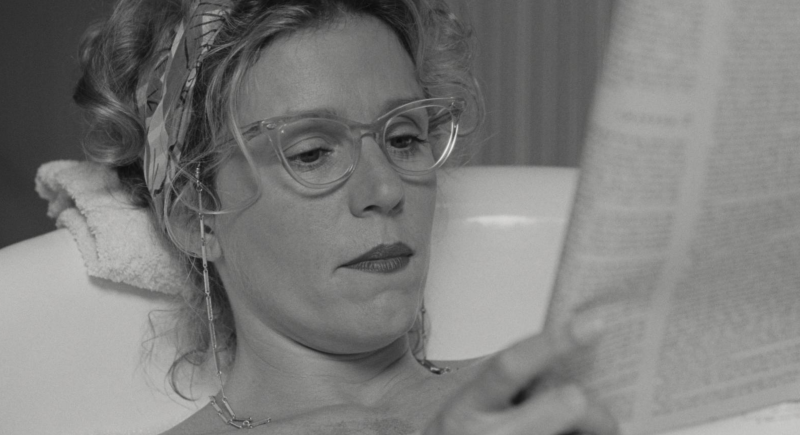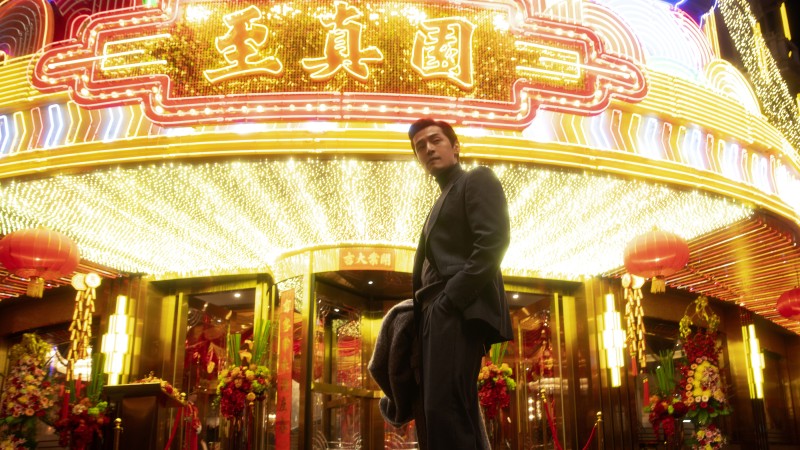RELATED ARTICLE
The Same Old Song: A Guide to Neonoir

Night Moves
The Same Old Song: A Guide to Neonoir
Share
When Dennis Lehane joked in 2011 that the only real difference between Greek tragedy and noir was that in the former characters fall from great heights and in the latter they drop from the curb, he was pinpointing something simultaneously mythic and fatalistic about the American crime fiction tradition: the idea of cautionary tales being told at street level. “Whichever way you turn,” broods the antihero of Edgar G. Ulmer’s axiomatic Detour (1945), “fate sticks out a foot to trip you.” The same anxious malaise inflecting detective stories of Depression-era novelists like Dashiell Hammett and Raymond Chandler—whose twisty plots doubled as picaresque guided tours through a newfangled urban wilderness—would manifest in the flow of postwar thrillers that either literally adapted their contents or else reconfigured their themes for a visual medium. Stories set in moral grey zones and gritty environments were transformed into cinematic shadow plays by filmmakers who recognized and exploited the material’s expressionist potential. A movie like Fritz Lang’s wonderfully wicked The Woman in the Window (1944) sutures the seams between the elegant, sinister poeticism of Weimar-era horror and the hard-driving, irrepressible energy of pre-Code American crime pictures, an unholy matrimony yielding plenty of significant offspring. In 1946, writing about a group of American movies previously banned in France during the Nazi occupation—mostly signed by European émigrés like Lang who’d fled for the Hollywood Hills—critic Nino Frank evocatively referred to them as “dark films,” a coinage whose actual originality has been debated but proved lingeringly evocative. The description was taken as a workable industrial template for decades by Hollywood studios and insurgent independents alike.
Though noir was and remains an amorphous concept, it does have a few instantly identifiable features: like any genuinely red-blooded and pleasurable entertainment, you know it when you see it. The commercial appeal of noir lay primarily in its natural conduciveness to sex and violence, both always lurking and often intertwined in defiance of everyday moralism and official censorship, while its critical viability owed to its existential dimension, a spectrum broad enough to accommodate a muckraker like James M. Cain alongside Albert Camus. The latter famously said that Cain’s 1934 novel The Postman Always Rings Twice was a deep influence on his own 1942 L’étranger; in both books, outwardly mild-mannered protagonists momentarily get away with murder, imagining themselves privy in the act’s aftermath to some secret knowledge about what Camus’s narrator calls “benign indifference of the world.” Or, as a pair of noir addicts put it in The Man Who Wasn’t There (2001), a movie branded with the mark of Cain: “it’s hard to explain, but seeing it whole gives you some peace.”










